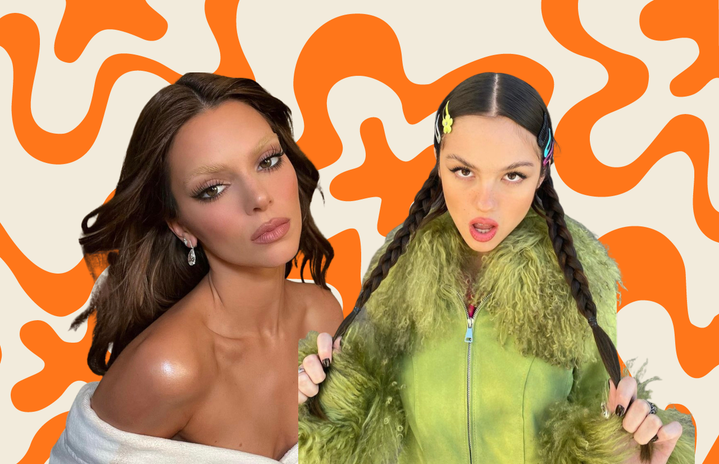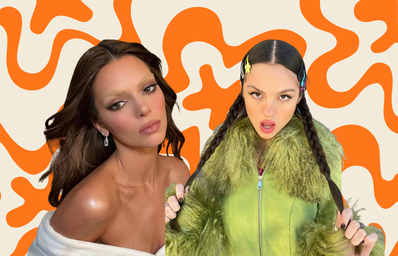In 2024, you are familiar with TikTok – and if you’re reading this, you likely spend hours a week scrolling through, taking in vast amounts of information from new music to new fashion at a quickening pace. TikTok’s fashion landscape is becoming increasingly difficult to navigate, with micro-trends taking over, promoting hyperconsumerism and playing into pre-existing gender roles and perceptions of women’s bodies. While using the app is useful for finding inspiration, it’s important to acknowledge that the necessity for sub-categories and neatly boxed styles can be harmful.
With consistently, and quickly, moving trends – one week it’s ‘Clean Girl’, the next ‘Office Siren’ or ‘Mob Wife’ – sustainability is quickly forgotten, and excessive consumerism takes its place. The ever-changing fashion landscape drives young people towards excessive consumption, fostering a culture of discarding perfectly good clothing in favor of the latest trends.
While a vibrant fashion scene theoretically offers creative inspiration, tightly defined sub-categories lead way to unnecessary purchasing and a movement towards fast fashion, as brands continuously profit from new trends, with a mix of a hastening turnover time and impatience pushing users towards the fast fashion market: convenient and affordable. In a survey completed in January 2022, 71.2% of Gen Z users admitted to shopping when they stumble across new products on the app, with only 58.2% using the app solely for inspiration.
Trends themselves are not a new phenomena – they are, and have always been, present among the modern fashion industry, traditionally drawing inspiration from seasonal fashion shows, summarised by professionals. While social media has – in some ways – revolutionised this area of fashion, allowing consumers to have their say in style, reflecting what they wear – and would like to wear – on a daily basis, and making the industry more accessible as smaller creators make predictions, the issue stems from the categorisation of these styles – the neat sub-types for people – predominantly women – to fit into.
The beauty industry has, for years, profited on women – their insecurities, and societal pressure to remain ‘desirable’ and fit neatly into the perception of the male gaze. While these aesthetics can act as inspiration, such tight-boxed aesthetics restrict individuality, and present an unnecessary level of pressure for younger audiences to keep up with a constantly changing enviornment and need to be ‘desirable’, In a whirlwind of TikTok trends like “Clean Girl,” “Office Siren,” and “Mob Wife,” it’s time to ask: Have these sub-categories gone too far?


